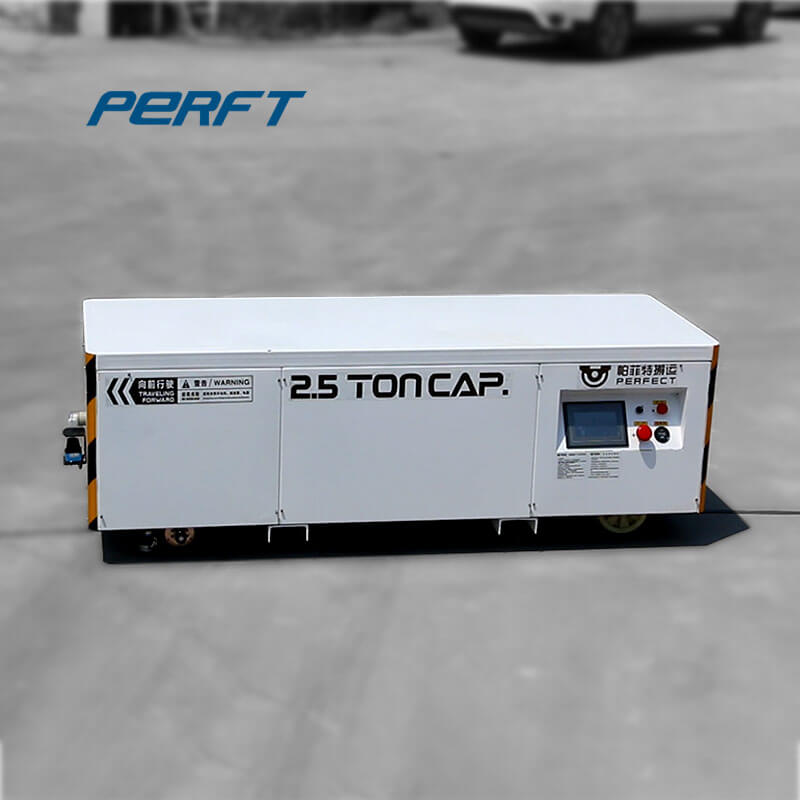
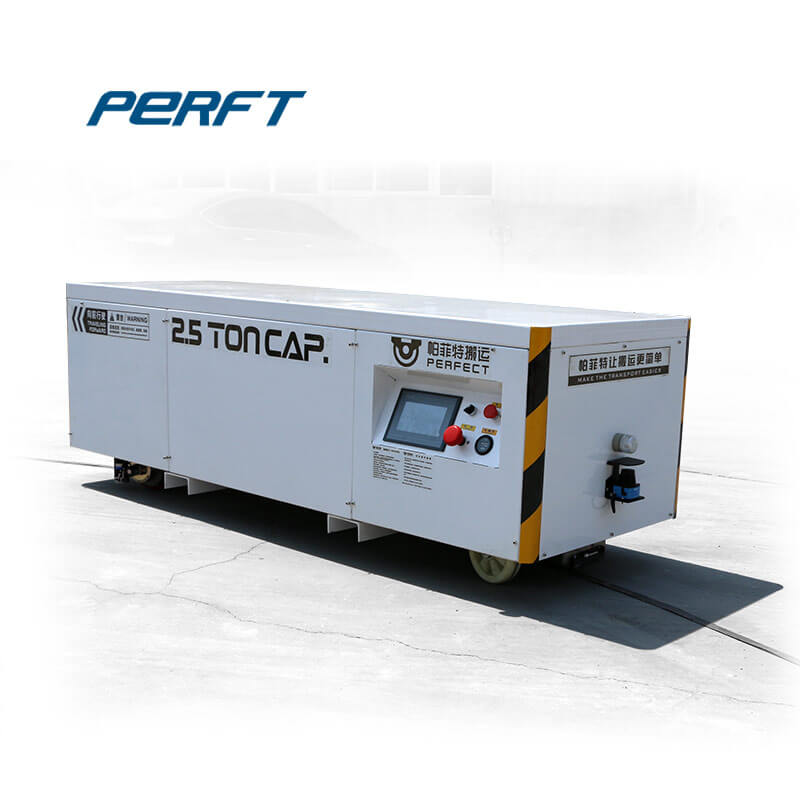
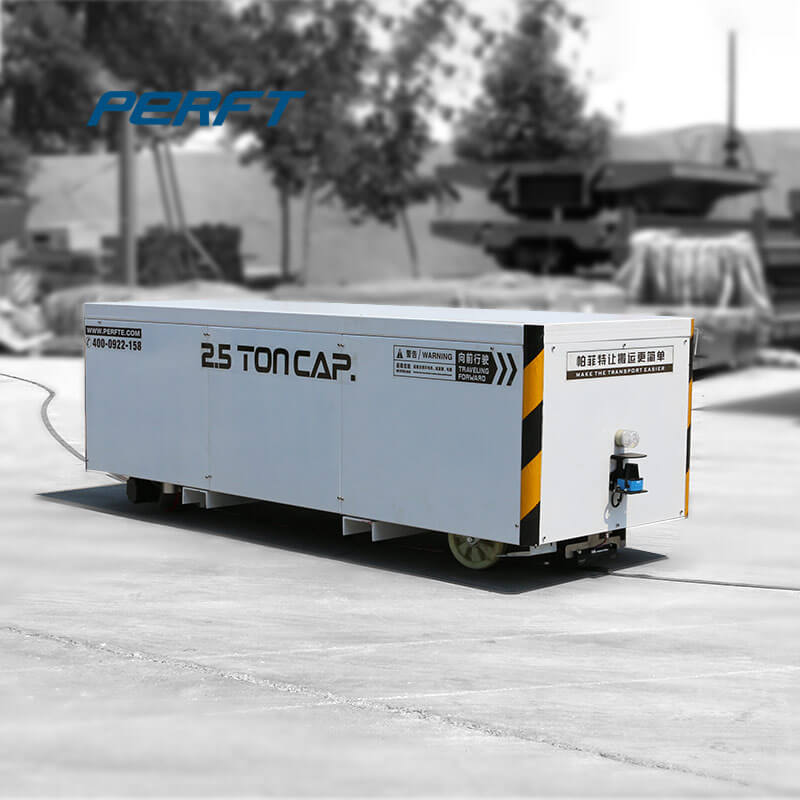






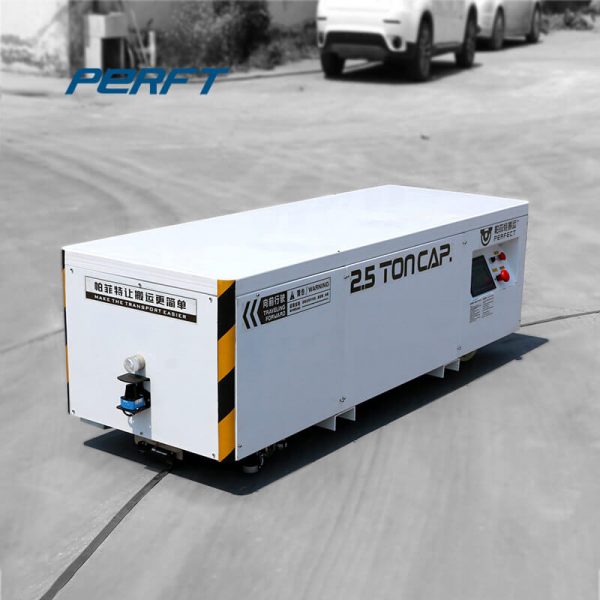
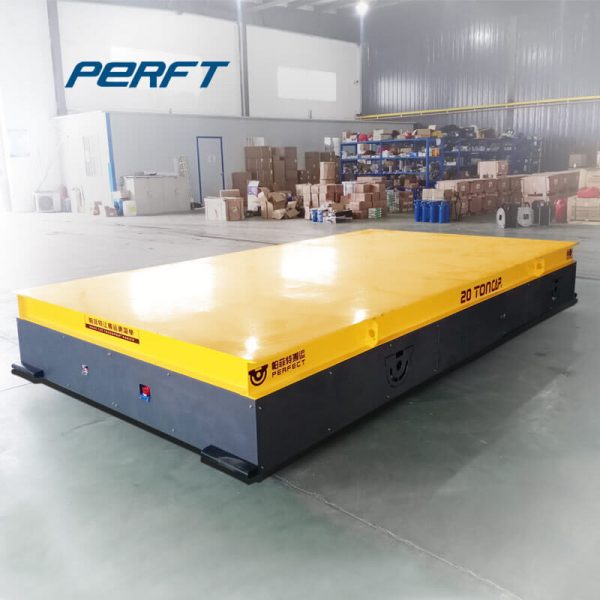
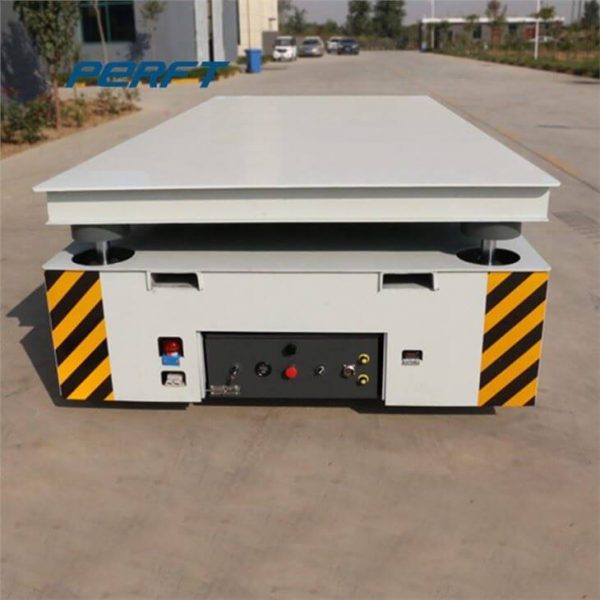
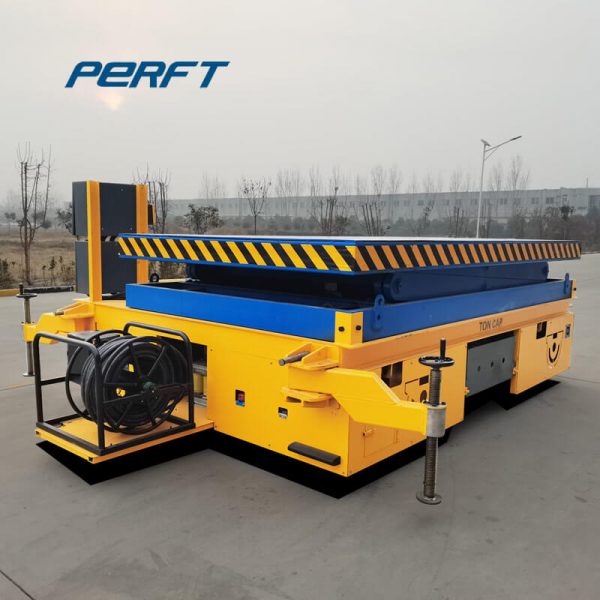
It works by injecting molten materials into a mould (or ‘mold’ in the United States). It is typically used as a mass production process to manufacture thousands of identical items. Injection moulding materials include metals, glasses, elastomers and confections, although it is most commonly used with thermoplastic and thermosetting polymers.
Injection molding is a method to obtain molded products by injecting plastic materials molten by heat into a mold, and then cooling and solidifying them. The method is suitable for the mass production of products with complicated shapes, and takes a large part in the area of plastic processing. The process of injection molding is divided into 6
Forwell’s Die Cart / Mold Cart System provides automatic die or mold changes for a range of different machines, such as plastic injection molding machines, plastic extrusion machines and press machines. This Die Cart / Mold Cart system offers very fast, efficient and safe die and mold changes, using an advanced cart on rails system.
Effects of mold temperature and pressure on shrinkage 0.030 0.000 0.010 0.005 0.015 0.020 0.025 100 120 140 160 180 200 220 240 Mold Temperature (F) LDPE PP Nylon 6/6 PMMA Acetal age 0.030 0.000 0.010 0.020 0.025 age 6000 8000 10000 12000 14000 16000 Pressure on injection plunger (psi) Acetal LDPE Nylon 6/6 PP with flow 18000 PP across flow PMMA 24
Injection Molding Machine. Injection molding along with extrusion, ranks as one of the prime processes for producing plastic articles. It is a fast process and is used to produce large numbers of identical items from high precision engineering components to disposable consumer goods. Most thermoplastics can be processed by injection molding.
Trying to melt a thermoset plastic a second time will result in burning the material. Similarly, a part with varied wall thickness would require more attention in the mold tool design to ensure uniform cooling and to avoid defects during production. Conclusion. Injection molding is a great technology for finished production on a massive scale.
Along with single and multi-cavity molds for structural foam molding, resin transfer injection molding, and other process types, we build multi-part molds to accommodate large-scale objects. Using an extensive selection of materials and resins, we can create molds for prototype projects as well as production molds that align with various
Blow molding is a manufacturing technique used to create hollow plastic parts by inflating a heated plastic tube inside a mold until it forms into the desired shape. Manufacturing Process Mold setup: Small plastic pellets are melted and formed into a hollow tube, called the parison or preform (depending on the blow molding subtype).
Orion Motor Tech Diesel Transfer Pump Kit, 12V DC Fuel Transfer Pump with Hose Nozzle for Transferring Diesel, Kerosene, Machine and Transformer Oil, Self-Priming 12 Volt Diesel Transfer Pump. 4.4 out of 5 stars. 589. $96.99.
Since we offered a fully-automated molding mold and equipment for the first time in the world, we have maintained the largest share of the transfer molding market. In addition, in response to a change in demand from the semiconductor industry, we have developed and offer compression molding molds and equipment as a new semiconductor encapsulation technology.
With the expense involved to have the tooling completed for plastic injection molding, it was decided to get the most out of one mold. Therefore, the 2-Bay Hopper tooling was made in such a way that the side and ends could be interchangeable allowing Weaver to produce a 2-Bay Offset or 2-Bay Ribbed car with regular, peaked or rounded ends.
The LG-X Series Fuel Conditioner is installed in-line on the fuel line between the fuel tank and the primary filter on any type of diesel powered equipment, whether a truck, construction or farm equipment, generator, marine vessel, fuel dispensing equipment, etc., to condition and polish the fuel as the equipment is operated.
The linear mold shrinkage of injection molded parts will vary from 0.008 to 0.025 inches per inch, depending on the particular resin, molding conditions, part design, part wall thickness, and direction of flow. Figure 1 presents the shrinkage of polypropylene versus wall thickness in injection molded parts. These data were obtained from many and
Hydrocarbon fuels such as diesel are known to permeate into and pass through polyethylene over time. As diesel fuel permeates into polyethylene the material becomes softer and more flexible. The changes in properties and permeation rate need to be taken into account when considering the use of polyethylene for diesel fuel storage vessels.
Nov 03, 2019 · Keep in mind plastic is a poor conductor of heat. The heat from the plastic radiates relatively slowly into the mold steel. The heat-transfer characteristics of the mold steel and the water in the cooling lines are many times faster. The weak link in this plastic-metal-water heat-transfer system is the water's flow rate.